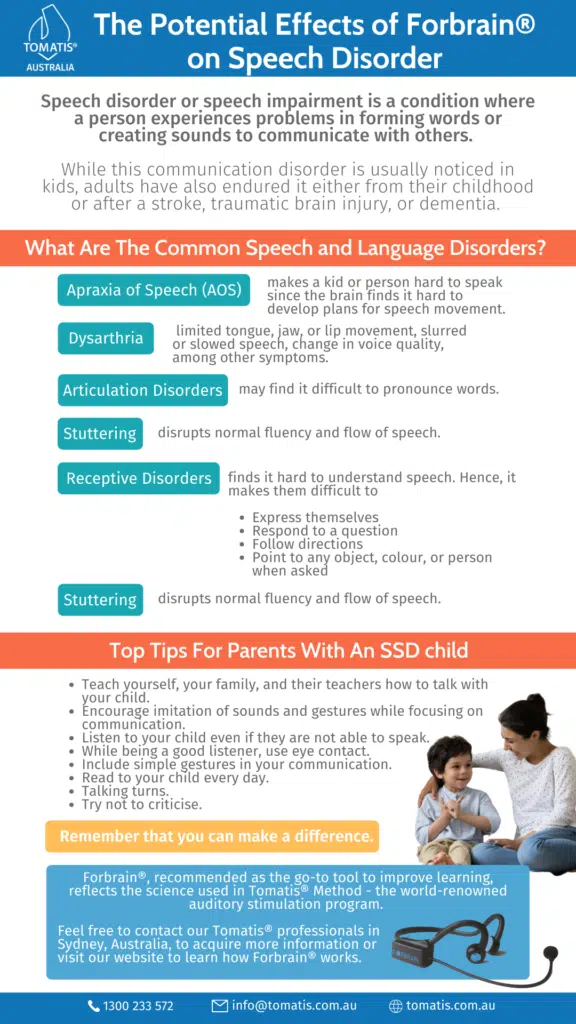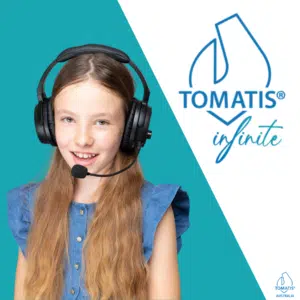Speech disorder or speech impairment is a condition where a person experiences problems in forming words or creating sounds to communicate with others. While this communication disorder is usually noticed in kids, adults have also endured it either from their childhood or after a stroke, traumatic brain injury, or dementia.
Common among preschool-age children, a child with a speech disorder may have issues with voice, resonance or fluency of speech. However, for most kids, the root cause of the speech sound disorder is still unknown.
So then, how do you overcome speech disorders?
Also, how prevalent are speech and language disorders?
And most importantly, how are speech disorders diagnosed?
What Are The Common Speech and Language Disorders?
A study in NSW (McLeod & McKinnon, 2007) reported that 13% of children at primary and secondary schools had been diagnosed with a communication disorder, reflecting a significant prevalence of speech and language impairment in preschool-aged kids.
It was also found that 1 in every 100 Australians stutters. Stuttering is a speech disorder that disrupts your normal speech and can affect children, adolescents and adults.
The list below briefly takes you through the common types of speech & language disorders, which can root from a neurological condition, brain damage, muscle weakness, or hearing loss.







